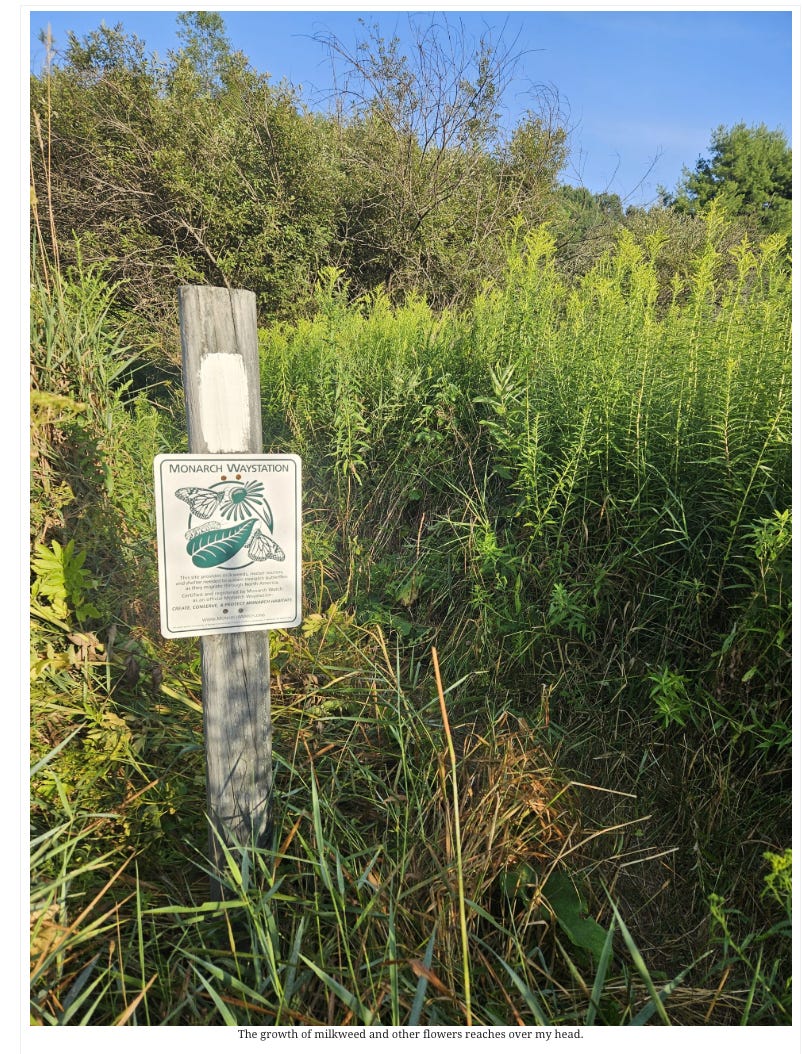Why the Joint Section of the Appalachian and Long Trails Has a "Distinctly Different Vibe"
This article originally appeared in The Trek.
The Long Trail, America’s oldest long-distance hiking trail, was conceived and built by members of the Green Mountain Club between 1910 and 1930.
It runs north-south for the length of the state and corresponds with the AT for the southernmost 100 miles before the AT takes a sharp eastward turn toward the formidable White Mountains of New Hampshire. There’s a distinctly different vibe between the portion where these two long trails travel together and where the AT takes its own path. The shared trail is filled with shiny section hikers, a beautifully maintained Gifford State Park, and lovely climbs up mountains like Bromley and Stratton. The AT-only section is more mellow and invites quiet rambling.
AT Box Score - Friendly People: 100%
Friendly People – 167/167
Interesting Wild Critters – One Vermont Bear
Errors – 0
Injury Report – Pins and needle pain on left hip
My brief stay in Vermont was a southbound hike of 78 miles, completing a section I skipped in July so that my son, Plus One, could join me for New Hampshire. I chose southbound for logistical reasons and with the hope of seeing more people than I would have in the other direction. Anyone who thinks the AT is lonely should see the steady flow of hikers in this section!! Most of them were excited for the coming challenges and had questions for me about terrain and logistics. It was fun to know the answers to their questions.
Bears and Butterflies
My bear sighting count is now up to two. I was walking through a field when a bear crossed the Trail on its way from a creek to the woods. Without any encouragement from me, it took off running as soon as it saw me. Because of the open terrain, I probably could have gotten a picture, I was just so busy watching the speed of this bear, I didn’t focus on getting out my camera. Shortly afterward, I was walking through one of several fields that hadn’t been mowed and was thinking how hard it would be to see a bear coming. In a state where the Trail is nicely maintained, it didn’t make sense to me that the field growth was over my head. Then I saw the below sign, explaining that this portion of Vermont is a stopover for traveling Monarch butterflies. Many things make sense when you have a little context.
It Depends on your Mindset
Walking southbound, I had the chance to chat with many northbound hikers. There’s a pretty standard exchange that happens with each person you meet – trail name, where you started, etc. – including any tips about the upcoming trail. Almost every person was apologetic for the “boring” experience in this part of the state, except for one very wise hiker. I jokingly mentioned the report I’d received from so many before him, and he replied, “It depends on your mindset.” Isn’t that true of everything; so I appreciated the reminder to see the trail for its unique beauty, rather than in comparison to other places.
Curiosities From the Trail
As I walked through a lovely, flat section of Vermont, I noticed this rock by a riverbed that was particularly low from lack of recent rain. I found myself wondering whether this rock pays tribute to Benton MacKaye, whose 1921 article, “An Appalachian Trail: A Project in Regional Planning,” inspired the organization of the AT. Or does this refer to some other Mac? A casual Google search didn’t give me an answer. Drop me a comment if you know for sure!
Remember to Look for Beauty
The blue blaze trails represent side trips a hiker can take off the main trail on the AT. As I rolled through 78 miles of Vermont’s trails last week, I was intentionally seeking the blue blazes that would create some special memories from this section. This lunch spot atop Killington peak was a great opportunity to slow down and soak up some sunshine while fueling up for the rest of the day. There is beauty in well-chosen rest and recovery.






